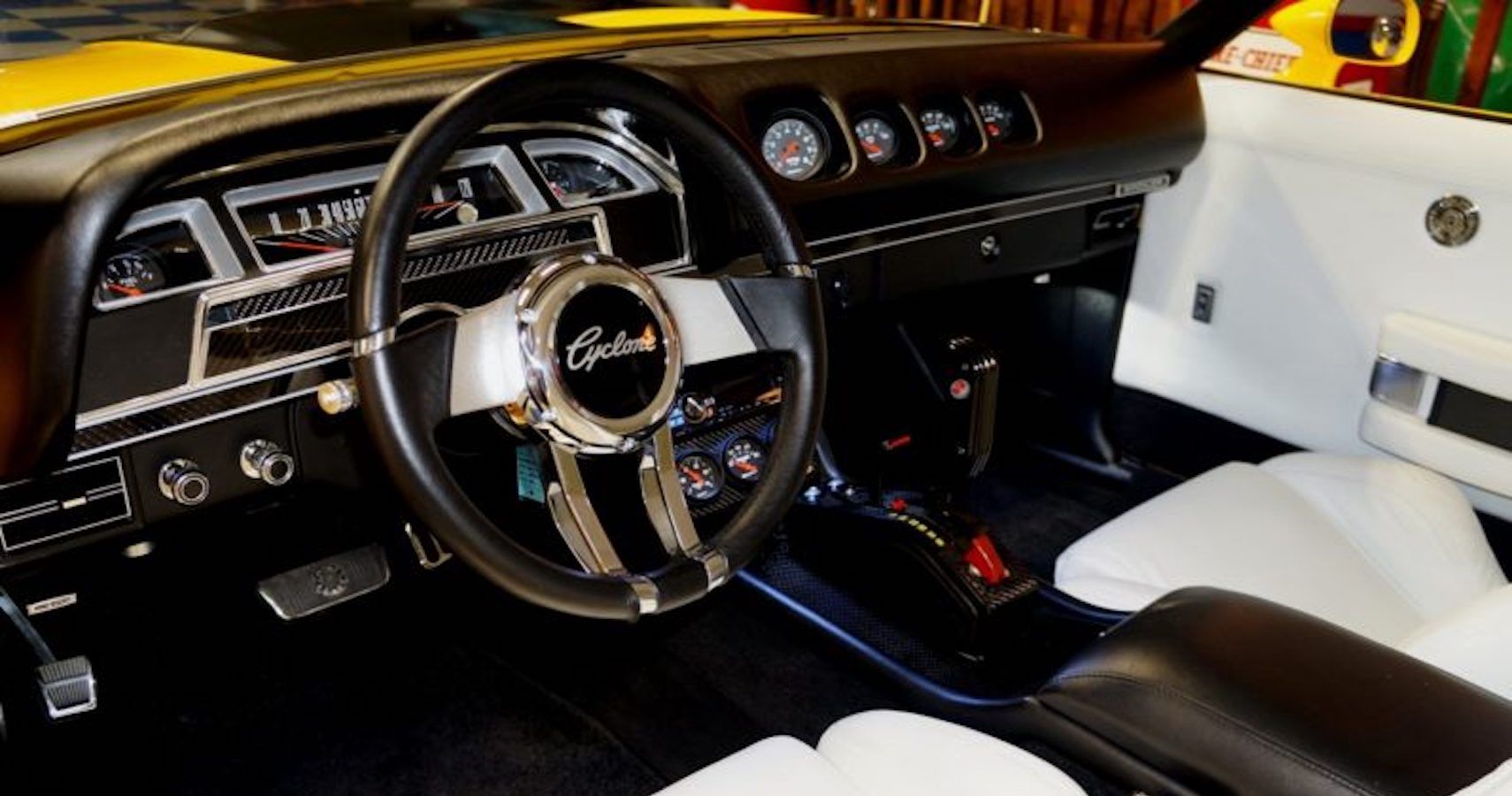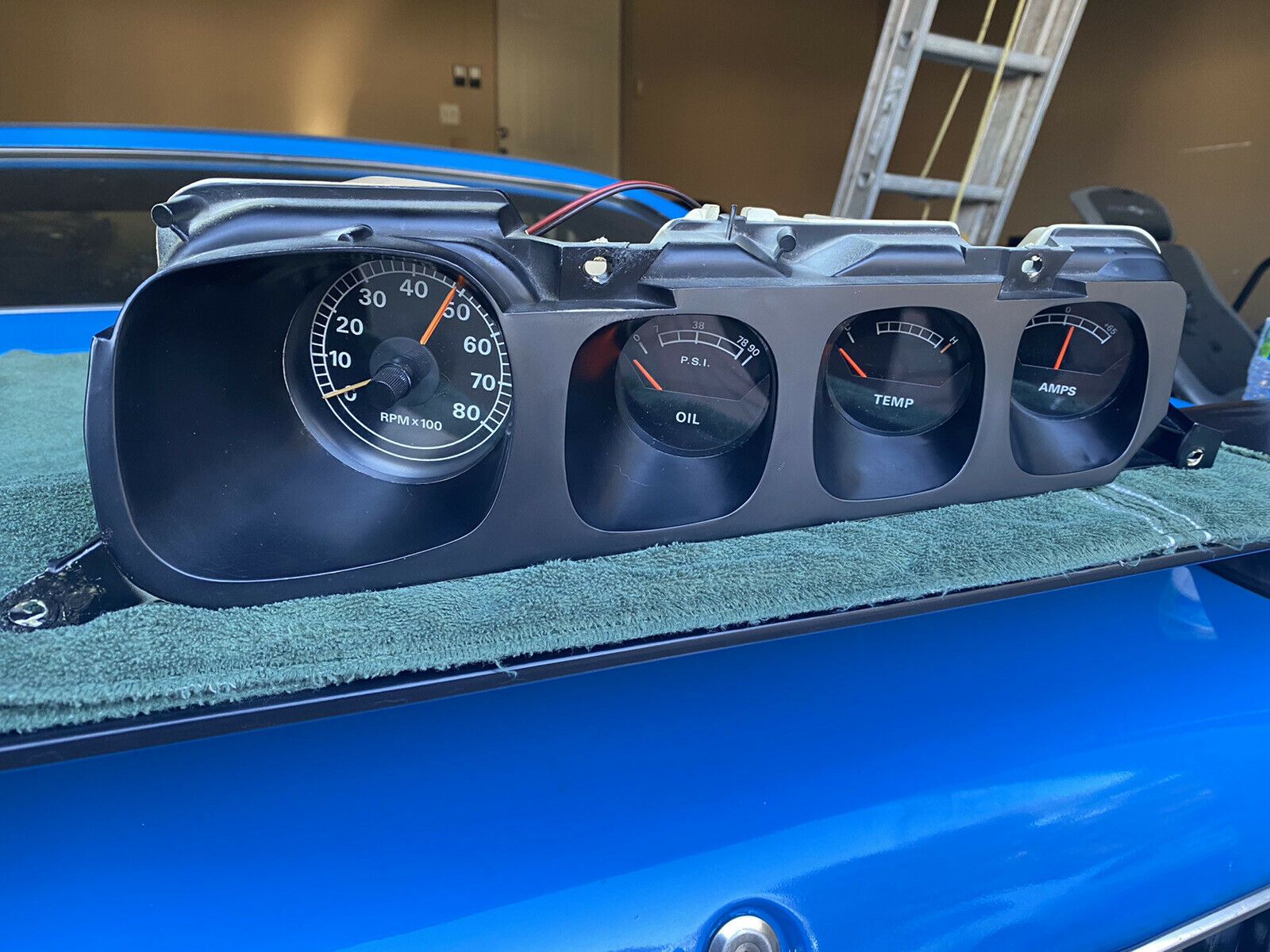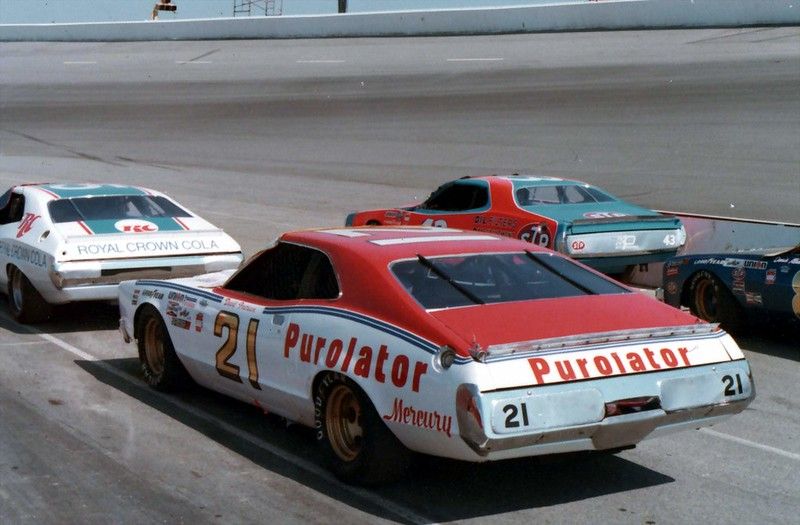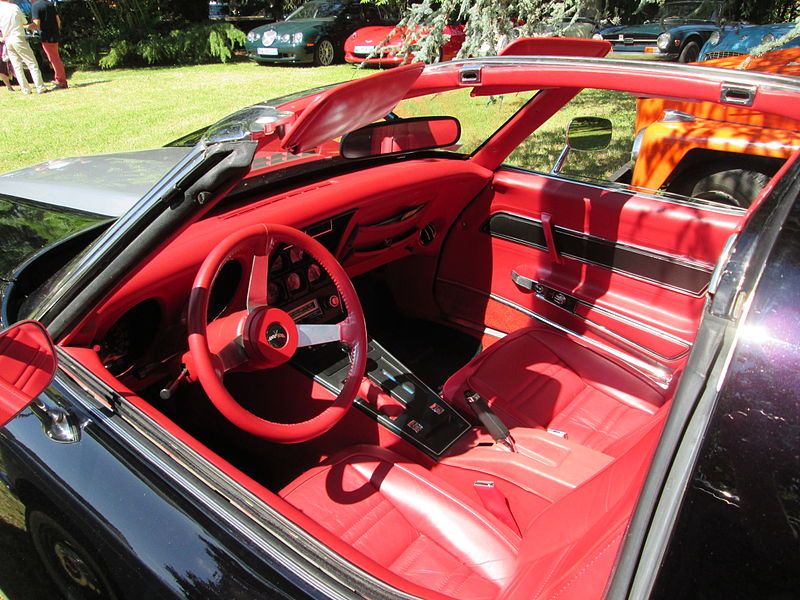Mercury as a brand existed as a part of the Ford Motor Company's range of manufacturers, priced between the cheaper Ford and luxury-oriented Lincoln brand. The mid-range manufacturer's cars had a little more luxury than models like the Mustang, and a little less than the opulent Lincolns like the Continental and Premiere.
Built from the same platform as the Ford Falcon, the Mercury Cyclone was larger than Ford's Mustang. The Cyclone first entered production in 1964, is a brilliant classic car, and across five generations it was a true Muscle car, unlike its parent company's pony car Mustang. The fourth-generation car came in time for 1970 and lasted for only one year.
Utilizing the Ford 385 V8 engine, the Cyclone came with a mighty displacement of 7.0 liters and an entire 360 horsepower. Option packages could boost the car's power to as high as 375 horsepower, making the Cyclone one of the most exciting and often forgotten muscle cars of the era. Entry-level versions of the car were capable of 60 miles per hour in under 8 seconds. The faster Super CJ429-4V V-8 Super Drag Pak cars are capable of sprinting to sixty in less than 5.5 seconds and finishing the quarter-mile in 14.2 seconds.
The Gauge Pak gave drivers a taste of the car's NASCAR heritage—here's what made the feature so special.
What Was The Gauge Pak?
Mercury's Gauge Pak changed the cabin's interior, although, with names like the Special Instrumentation Package, a driver may have avoided it. Many Mercury cars come equipped with a beautifully leather-wrapped dashboard, typically in bold shades that match the car's flamboyant exterior. These luxury features continue elsewhere in the cabin, such as floor mats with “Cyclone” stitched into them.The Gauge Pak steps away from these luxury roots and leans into the model's sporting potential.
As standard, the Cyclone came with the standard fare of a wide speedometer with numbers displayed horizontally in a font that harks back to the 1960s. The Gauge Pak provides more information to the driver by adding more gauges to the right of the normal cluster, just like boost gauges on many modern turbocharged cars.These dials display oil pressure, engine temperature, and battery amps. These aren't strictly necessary for driving on the road where the car's full potential isn't found under the speed limit, but they reassure the driver that all is well. When driving hard on the track things like oil pressure can rapidly drop and engines can overheat, these dials are commonplace on track-bound supercars and NASCAR.
Did The Cyclone Have A Racing History?
These Gauges point towards the driver instead of being flat on the dashboard. This angling creates a cockpit-like feel before large center consoles were king in automotive design. This package makes Mercury's interior more upmarket than its siblings, like the Ford Torino. Most notably, the Gauge Pak's larger tachometer is the dial closest to the driver.
On most Ford models of the time, the tachometer sat just beneath the speedometer, small like an afterthought, after all with most of these cars coming equipped with 4-speed automatic gearboxes it wasn't a concern for most drivers. But the 1970 Cyclone GT did come with a three-speed manual gearbox. A sporting-inspired Gauge Pak could be out of place on many cars.
However, the Cyclone has a sporting reputation, the third generation model took first and second at the 1968 Daytona 500 and saw wide usage in the NASCAR Winston Cup. The Cyclone had a sporting package called the Spoiler, which had a more aerodynamic front end and led to the car's adoption and development of other more aerodynamic NASCAR models. Ford designers even prototyped a slant-nosed variation of the Spoiler II model and is an alleged urban myth to many.
Did Other Cars Have A Similar Option?
In the 1960s cars largely gave birth to the idea of optioning cars to be unique to the customer, especially with the Mustang, the Mercury lineup continued this. In 1965 the Comet and Cyclone came with a Rally Pack option which added round gauges to the model's dashboard. This part is for sale online and carries a price tag of $1,200.
A look at Cyclone show cars makes it clear that Cyclones, with this Gauge Pak, are the most desirable vehicles and that those without it are nearly indistinguishable from the Ford sibling. This increased number of gauges occurs in other contemporary cars, the 1969 Dodge Charger Daytona, another NASCAR legend, had four more dials to the right of the speedometer and tachometer. Furthermore, the C3 Chevrolet Corvette had what looks more like a modern center console with another plethora of dials.
None of these designs are as unique as the Mercury Gauge Pak, which instead of just placing dials in the hard plastic and calling it a day. The designers spent time implementing them with the car's design, tunneled into the dashboard. However, with the amp meter so far away from the driver and the dashboard being flat instead of curved, it is easy to imagine this dial as hard to view. Decreasing in size from left to right along with their importance to the driver the design is truly ergonomic, functional, and is a shining example of classic car design.




